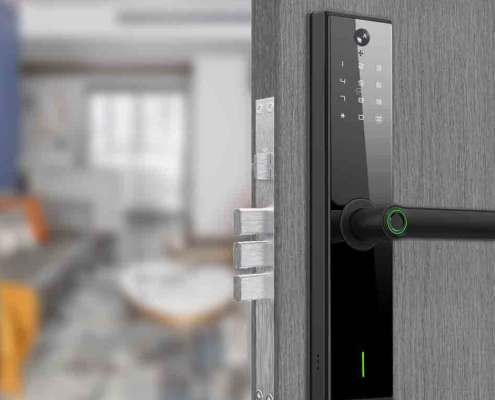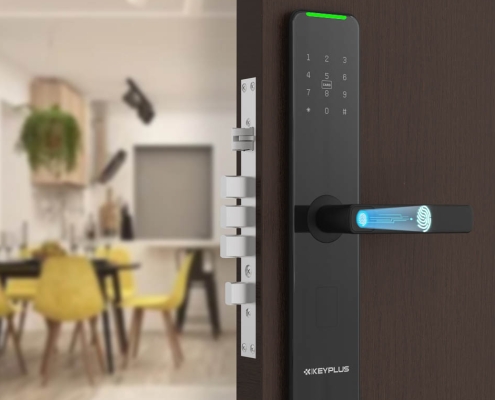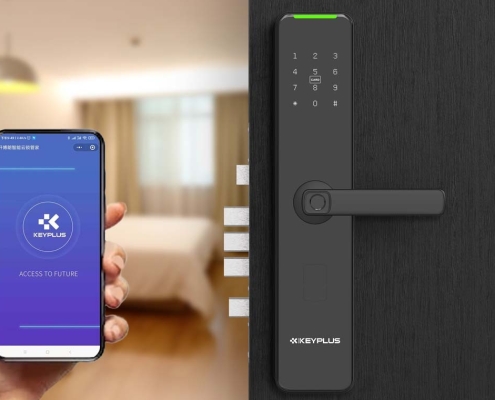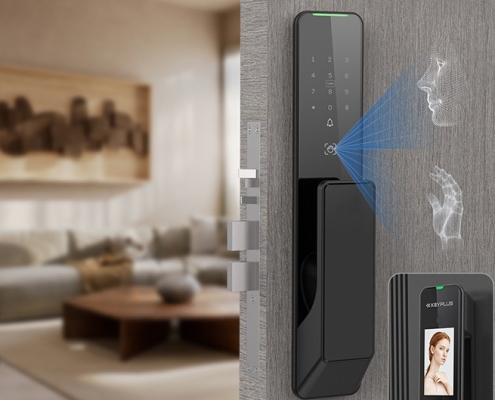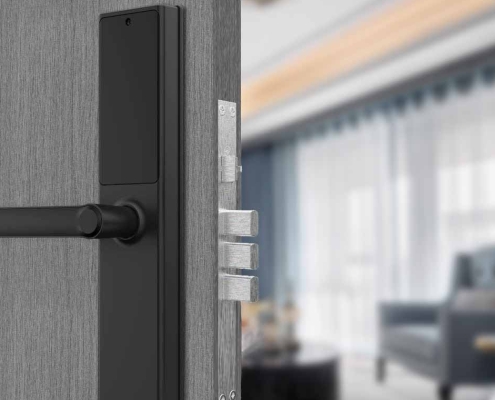What Happens to Smart Locks When Wi-Fi Goes Out?
Smart locks offer convenience, keyless entry, and remote access—but what happens when your Wi-Fi goes down? If you rely on a smart lock for home security, understanding how it functions without internet is crucial.
This guide explains:
How Wi-Fi smart locks work offline
Backup access methods (keys, keypads, Bluetooth)
Which locks work best during outages
How to prepare for Wi-Fi disruptions
1. Do Smart Locks Stop Working Without Wi-Fi?
The short answer: No, most smart locks still function—but with limited features. Here’s what happens:
Wi-Fi-Dependent Smart Locks
-
Lose remote access (can’t lock/unlock from your phone when away).
-
May delay notifications (e.g., “Front door unlocked” alerts).
-
Voice control (Alexa/Google) stops working.
What Still Works?
Manual key override (most models have a physical keyhole).
Keypad/PIN entry (if your lock has one).
Bluetooth access (if you’re near the door).
Auto-lock features (if previously enabled).
Bottom Line: You can still enter your home during an outage—just not remotely.
2. How Different Smart Locks Handle Wi-Fi Outages
Not all smart locks are equally affected by Wi-Fi disruptions. Here’s how popular models perform:
A. Wi-Fi-Only Smart Locks
-
No remote access during an outage.
-
Keypad/PIN still works if equipped.
-
Physical key backup is available.
B. Dual-Band Locks (Wi-Fi + Bluetooth)
-
Bluetooth still works if you’re nearby.
-
Remote access disabled if Wi-Fi is down.
C. Z-Wave/Zigbee Locks
-
Require a hub.
-
If hub loses power/Wi-Fi, remote access stops.
-
Local control (keypad/key) remains functional.
D. Battery-Operated vs. Hardwired Locks
-
Battery-powered locks (most common) keep working.
-
Hardwired locks (rare) may fail in power outages unless they have battery backup.
3. Backup Access Methods When Wi-Fi Fails
Most smart locks include at least one backup entry option:
1. Physical Key Backup
-
Pros: Always works, no power needed.
-
Cons: Defeats the purpose of “keyless” entry if used often.
2. Keypad/PIN Entry
-
Pros: No key required, works without Wi-Fi.
-
Cons: If batteries die, you’re locked out.
3. Bluetooth Access (Proximity Unlock)
-
Pros: Works without internet if you’re nearby.
-
Cons: Limited range (~30 feet).
4. Offline Mobile Access (Some Apps Cache Codes)
-
Example: August app stores temporary access codes.
-
Not all brands support this.
5. Emergency Power Options
-
9V battery terminal (some locks let you jump-start with a 9V battery).
-
USB-C charging port (premium models like Ultraloq).
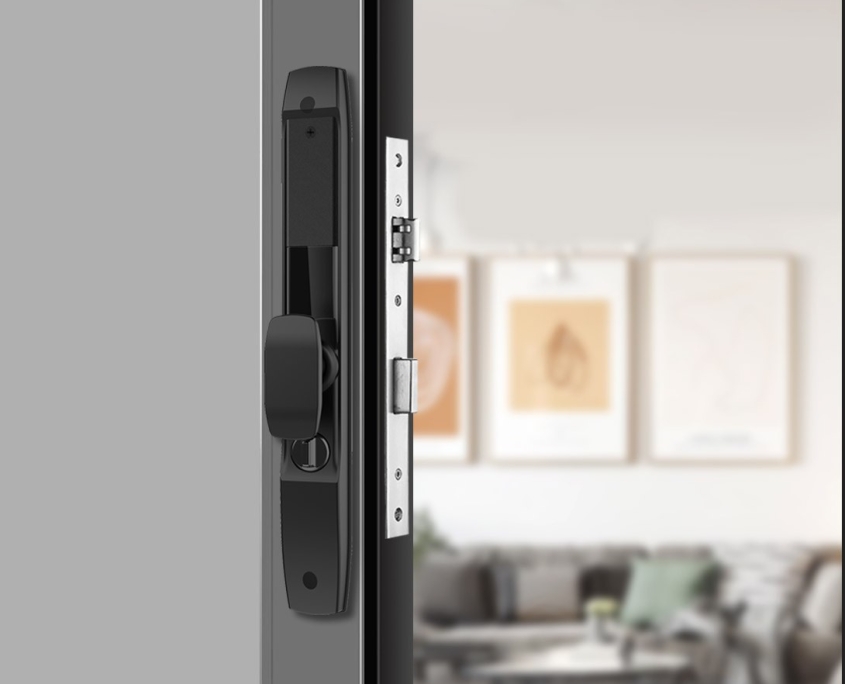
4. Worst-Case Scenario: What If Your Smart Lock Fully Fails?
While rare, complete smart lock failures can happen due to:
-
Dead batteries + no backup key
-
Software glitches
-
Physical damage
How to Prepare:
Keep spare batteries in your car or garage.
Hide a backup key (with a trusted neighbor or in a lockbox).
Choose a lock with multiple access methods (key + keypad + Bluetooth).
5. How to Prevent Smart Lock Issues During Outages
Choose the Right Lock
-
Prioritize dual-connectivity (Wi-Fi + Bluetooth).
-
Ensure it has a physical key or keypad backup.
Maintain Battery Life
-
Replace batteries every 6-12 months.
-
Enable low-battery alerts in the app.
Strengthen Your Wi-Fi
-
Use a Wi-Fi extender near your door.
-
Consider a battery-powered router backup.
Have a Backup Plan
-
Store a hidden spare key.
-
Share temporary codes with family.
6. Final Verdict: Are Smart Locks Reliable Without Wi-Fi?
Yes—if you pick the right model and prepare.
-
Most work offline with keypad, Bluetooth, or keys.
-
Only remote access and alerts are affected.
No—if you rely solely on Wi-Fi and have no backup.
-
Always choose a lock with multiple entry methods.
Best Practice:
Test your lock’s offline functionality during setup.
Keep backup access options available.
Have You Been Locked Out? Share Your Story!
Have you experienced a smart lock failure during a Wi-Fi outage? What backup method saved you? Let us know in the comments!


